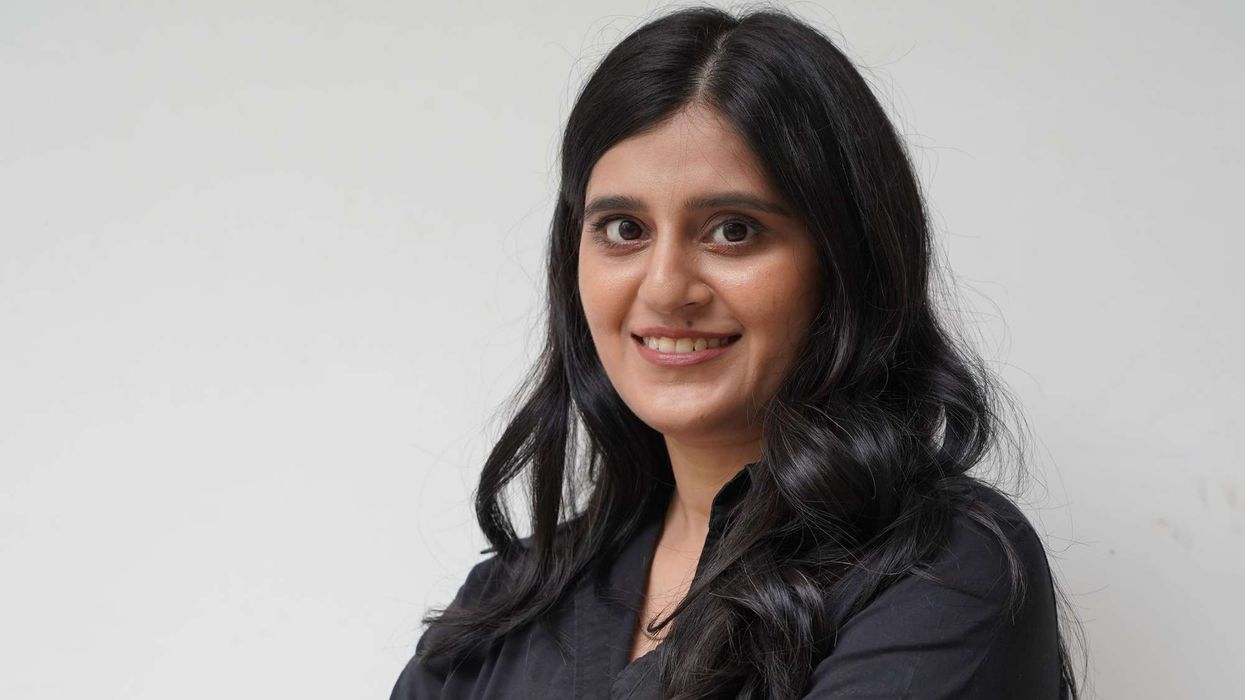Father’s Day is often seen as a time for cards, tools or a family lunch, but across the globe, it carries a much deeper significance. Beyond the commercial promotions, Father’s Day reflects a wide range of traditions shaped by history, culture and emotion. While some mark the occasion with grand gestures, others focus on quiet reflection, respect and the bonds that define fatherhood.
Thailand’s day of respect
In Thailand, Father’s Day is celebrated on 5 December, the birthday of the late King Bhumibol Adulyadej. The day is as much about honouring the nation’s former monarch as it is about celebrating fatherhood. Citizens wear yellow, the king’s birth colour, and present canna lilies to their fathers as a symbol of gratitude and respect. It’s a cultural blend of familial and national reverence.
Germany’s tradition of brotherhood
Germany takes a different approach. Known as Vatertag, or Father’s Day, it coincides with Ascension Day and is often marked by groups of men going on hiking trips, pulling wagons of food and drink. While it may appear more social than family-oriented, the tradition is rooted in camaraderie and shared responsibility among men and father figures.
Remembering fathers in Mexico
In Mexico and across parts of Latin America, Father’s Day is a time to honour both the living and the departed. Families often visit cemeteries to pay tribute to late fathers and gather to share stories and memories. It’s a day that highlights legacy over materialism, where the emotional role of a father is celebrated beyond life itself.
The expanding meaning in India
In India, Father’s Day doesn’t have deep historical roots, but its popularity is growing among urban families. Influenced by Western customs, it is increasingly used to recognise not only biological fathers, but also mentors, guardians and elders who provide support and guidance. The day is evolving into a broader celebration of male role models across generations.
A shared message worldwide
Though celebrated in different ways, Father’s Day across cultures shares a central idea: appreciation. Whether through a gift, a walk, a meal or a memory, the day is about acknowledging the role fathers and father figures play in shaping lives. In a time when traditional family structures are changing, this occasion also highlights that fatherhood is defined not just by biology, but by love, responsibility and care.
A thoughtful reminder
Rather than focus on finding the perfect present, Father’s Day offers an opportunity to be present. A simple message, a phone call or a shared moment can mean more than any physical gift. In a fast-moving world, slowing down to recognise those who’ve quietly supported us is perhaps the most meaningful tribute we can give.







 Ammar Haj Ahmad, Sayyid Aki ©EllieKurttz
Ammar Haj Ahmad, Sayyid Aki ©EllieKurttz  Kathryn Hunter, Arinzé Kene©EllieKurttz
Kathryn Hunter, Arinzé Kene©EllieKurttz






